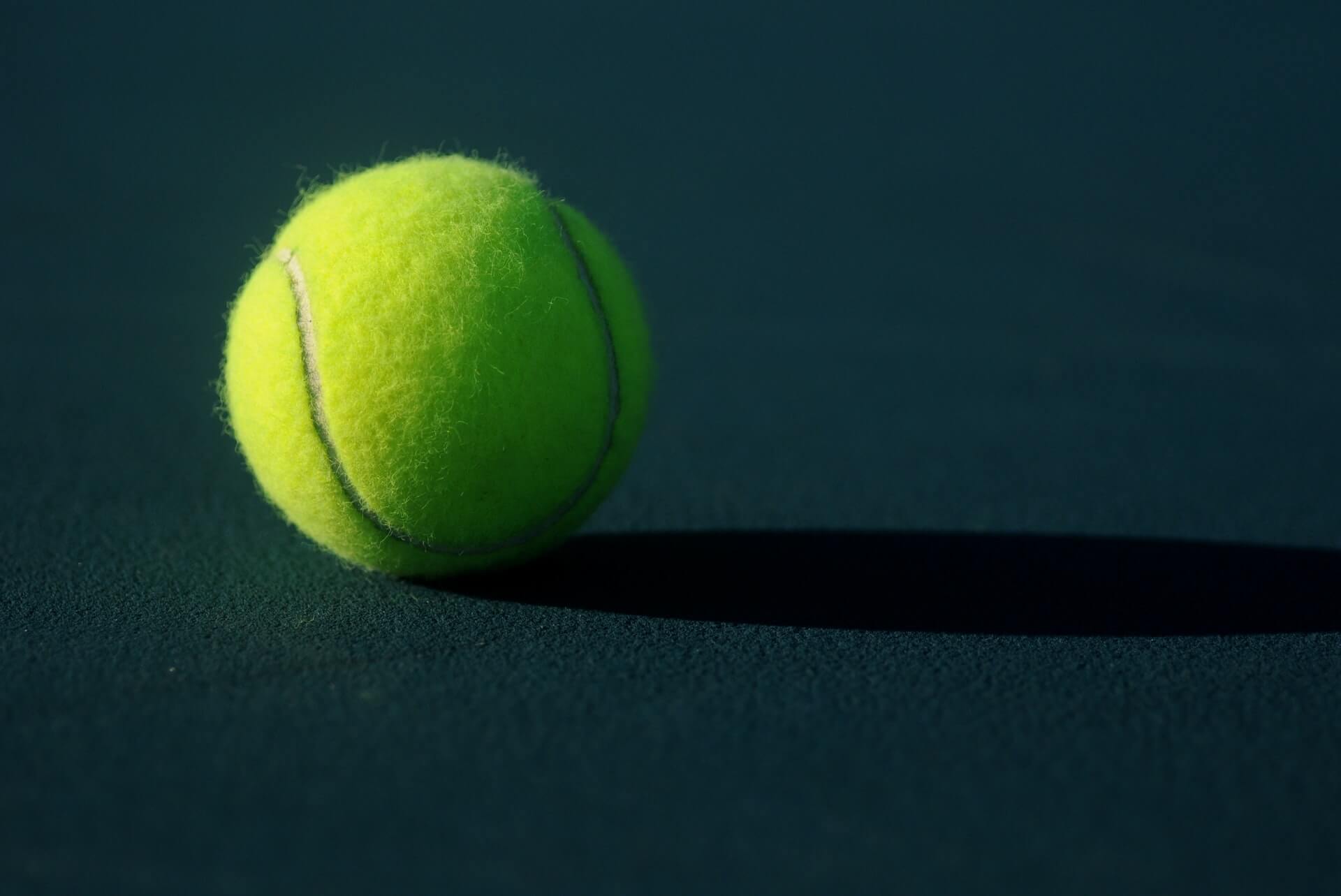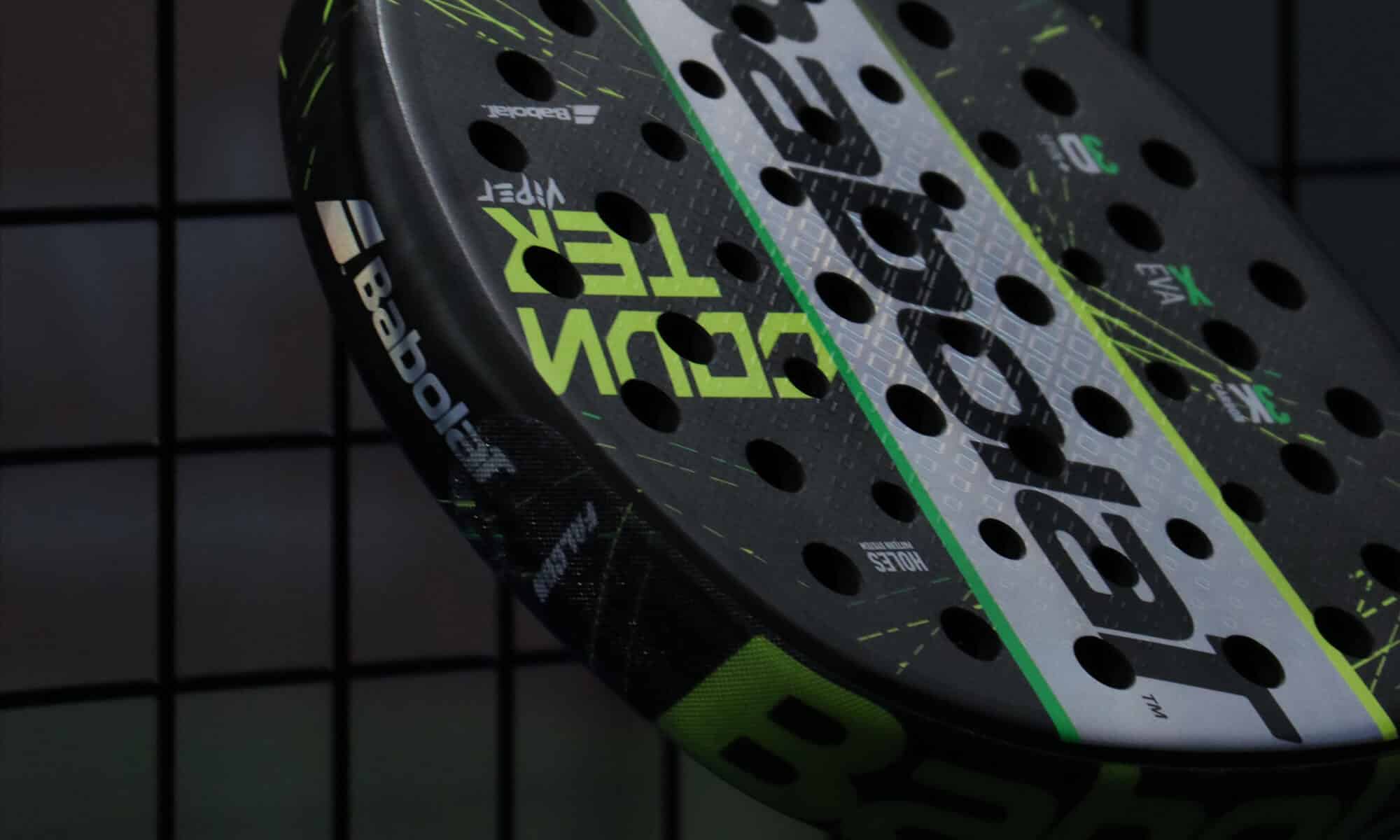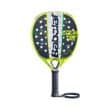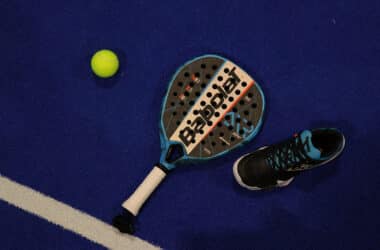Want to improve your bandeja or learn why you should use it? Good – you’re in the right place!
In this article, we’ll go over the following:
- 3 concrete tips on how to make a better bandeja
- 4 tips on things to avoid when performing a bandeja
- 2 videos filled with tips and instructions
Vamos!
Innehållet på denna sidan
How to hit a good Bandaja
Before we get into the technique itself, perhaps we should explain exactly what a Bandaja is. The word “bandeja” is Spanish and means “tray”, and it’s a stroke that only exists in padel. There are as many ways to perform a bandeja as there are players – the exact position of the hitting arm, the impact on the ball, etc., so we’ll concentrate on going over the standard technique.
The purpose of performing a bandeja is to defend the net against the opponent’s lobs, so it is essentially a defensive stroke to regain control. By doing this you want to force your opponents into a defensive position further down the court, thus gaining the upper hand in scoring. This can be your main weapon in the battle for the net.
Battle line-up
When hitting a bandeja, you should stand with your side facing the ball. The racket should be held in a position straight out from your head, level with your temple. Your arm should be held at 90 degrees out from your body, and the same applies between your forearm and upper arm. The hand not holding the racket should be extended towards the ball to help coordinate the stroke, acting as your guide.
Technique through the stroke
Make sure you get right to the ball by moving backward in a lateral position. Try to keep your racket visible out of the corner of your eye at all times, don’t hold it too far back. It will be easier to hit the ideal shot if you have both the ball and the racket in your field of vision.
When you hit the ball, try to achieve a low and flat trajectory with good spin on the ball, strong backspin is your best friend when it comes to bandejas. The racket should be in a high position to begin with, and then you should hit through the stroke properly to get the best effect.
Turn your whole upper body when moving through the stroke, not just your arm. A bandeja is all about following through with your racket, arms, and body to ensure accuracy.
You can sum up the stroke in 3 steps:
- Place the foot that will initiate the backward movement – your anchor – which should be the same as the hand holding the racket.
- The hand not holding the racket is lifted and directed towards the ball to act as your guide.
- The arm with the racket is prepared to perform the sweep.
The aim of the stroke
The aim of a correctly executed stroke is to counter the opponents’ lobs and dominate the front of the net. You want to achieve a deep, cut shot with as low a bounce as possible and preferably behind the opponent’s body to make the return really difficult to play. Try to hit the ball ‘at 6 o’clock’ – the more backspin, the better.
If you can’t decide where to place the ball, aim for the opponent’s feet or legs. He will then have to decide quickly whether to bounce the ball or volley it and if this shot is not accurate, you will have a golden opportunity to decide the score.
If you are far from the net, you can put the ball against a side wall. If you make a slower shot, you should have enough time to get to the net.
Tips to improve your game
Below are our top 3 tips on how to improve your bandeja and score more points.
1. Watch various instructional videos
The internet is full of instructional videos posted by the best players on the WPT. You can’t miss the chance to learn from the best, they also offer a lot of useful extra tips. Bandejas is one of those shots that every player puts their own personal stamp on, and the more variations you learn, the better you can adapt the shot to yourself and your personal playing style. Paquito Navarro and Cristian Gutierrez are some of the top players who have plenty of instructional videos to help you become your best version on the court.
2. Practice timing and movement patterns
Before you apply a ball to the stroke, it’s a good idea to test the swing and practice your technique and hitting through the entire stroke properly.
Once you feel the swing is in place, it’s a matter of grinding out the stroke, ball after ball, until the technique is in your backbone. A variation you can use when time is short, and you see that you won’t be able to get into a good position is the straight version of a bandeja where you don’t put spin on the ball. This type should be hit softer and in the direction of the sidewall.
Another, more advanced version of the bandeja that you can practice once you have learned to dominate this one is the “viboran” – the viper – which is a very poisonous shot. The basic technique is the same, but instead of hitting the ball on the underside, you should aim to hit it ‘at 4 or 5 o’clock’. Here your timing needs to be perfect and your wrist more flexible, but done correctly you have a very good chance of winning the point.
3. Rent a lane and ask a friend to give you lob after lob
As we said in the previous point, the only way to make awesome bandejas is to practice, practice, and then practice some more. If you only practice bandejas during matches when the right game situation arises, it will take a very long time before you feel comfortable with the stroke. It’s a good move to rent a court with a friend and aim to only practice the strokes you want to improve. Help each other get better, and it won’t be long before you’ve both taken your game to the next level.
Here's what to avoid when hitting a bandeja
Below are four tips on things to avoid when hitting a bandeja on the padel court.
Tip 1: Don't move backwards while striking
Avoid moving backward at the moment you hit a bandeja. Move backward with your body in a lateral position if you need to move to get to the ball, but at the moment of impact, your movement should be forward so that your shot is as effective as possible.
Tip 2: Avoid high rebound
Avoid getting a high bounce on the ball. Even if you manage to get the ball deep down the court, your opponent will get a high return to the back wall and your chances of dominating the net will be reduced.
Tip 3: Don't hit too hard
Avoid hitting too hard. Precise positioning and plenty of backspin are the keys to an optimum bandeja.
Tip 4: Be tactical before you strike
Avoid hitting a bandeja if you find that you won’t be able to get into a good position. A poorly executed bandeja can give the score to the opposing team.
Want to learn more about padel?
Elitepadel has a series of articles that we call the padel school. Here are examples of more articles:







